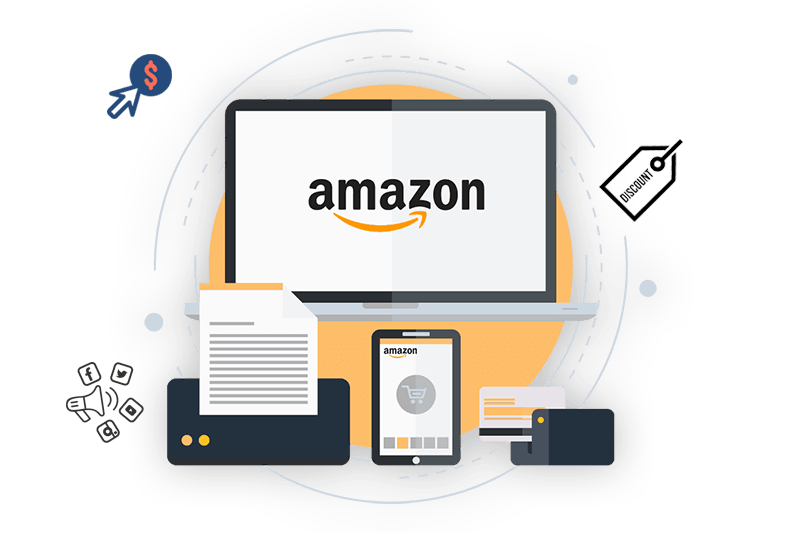What is Amazon Vendor Central?
https://hawkways.com/amazon-ve....ndor-central-managem
Amazon Vendor Central is the platform Amazon uses to manage relationships with first-party sellers—those who sell directly to Amazon as a supplier rather than to customers. If you’re a brand or manufacturer, Amazon buys your products wholesale and sells them themselves. You’re basically “the vendor,” and Amazon is your retailer.
It’s different from Seller Central, where sellers list their own products and deal directly with customers. Vendor Central is invite-only, meaning Amazon has to want your product in their ecosystem for you to even get in. But once you’re in, it can be a goldmine—if managed correctly.
Why Does Vendor Central Management Matter?
Here’s the kicker: Vendor Central looks simple, but it’s actually a complicated beast. You’re dealing with massive purchase orders, compliance rules, pricing mandates, chargebacks, inventory management, marketing programs, and so much more. Amazon controls a lot of the terms, which can crush your margins if you’re not careful.
So, “Amazon Vendor Central management services” exist because brands need experts to navigate this chaos. They’re not just data entry clerks; these services are strategic, tactical, and operational all rolled into one. Without solid management, vendors lose money on fees, get stuck with unsold inventory, or miss out on huge marketing opportunities.
Core Components of Amazon Vendor Central Management Services
Purchase Order Management
Amazon sends purchase orders (POs) to vendors based on their algorithms and demand forecasts. Managing these POs means ensuring timely shipment, matching quantities, and dealing with discrepancies. Missing a shipment or messing up an invoice can cause chargebacks—basically penalties Amazon slaps on vendors.
Good management means tracking POs closely, confirming shipments, and keeping a tight inventory sync to avoid overstock or stockouts. It’s like juggling flaming torches while riding a unicycle—if you screw up, Amazon’s terms hit hard.
Chargeback and Deduction Management
Chargebacks are one of the most frustrating parts of Vendor Central. Amazon penalizes vendors for everything from late shipments to incorrect labeling or missing documentation. These fines add up quickly and eat into your profits.
Management services help audit chargebacks, dispute illegitimate ones, and implement processes that prevent future fines. Without this, you’re throwing money away silently.
Content and Catalog Management
Your product pages on Amazon are your storefront. Vendor Central allows for enhanced content like A+ pages (rich media, detailed descriptions). Managing this means keeping content updated, optimized for conversions, compliant with Amazon’s strict guidelines, and aligned with your brand voice.
Great content boosts sales, reduces returns, and improves overall buyer experience. It’s not just a nice-to-have; it’s a must-have.
Pricing and Promotion Management
Amazon often dictates pricing on Vendor Central, but vendors still need to monitor and strategize around it. Price erosion can kill your margins if you’re not vigilant.
Vendor managers track pricing trends, manage promotions (like coupons, deals), and work with Amazon’s marketing tools to stay competitive without losing profit.
Inventory and Forecasting
Because you’re selling wholesale to Amazon, inventory management is critical. Too much stock means storage fees or forced liquidation; too little means lost sales and bad vendor scores.



Drag to reposition cover
Like
Comment
Share
Load more posts






